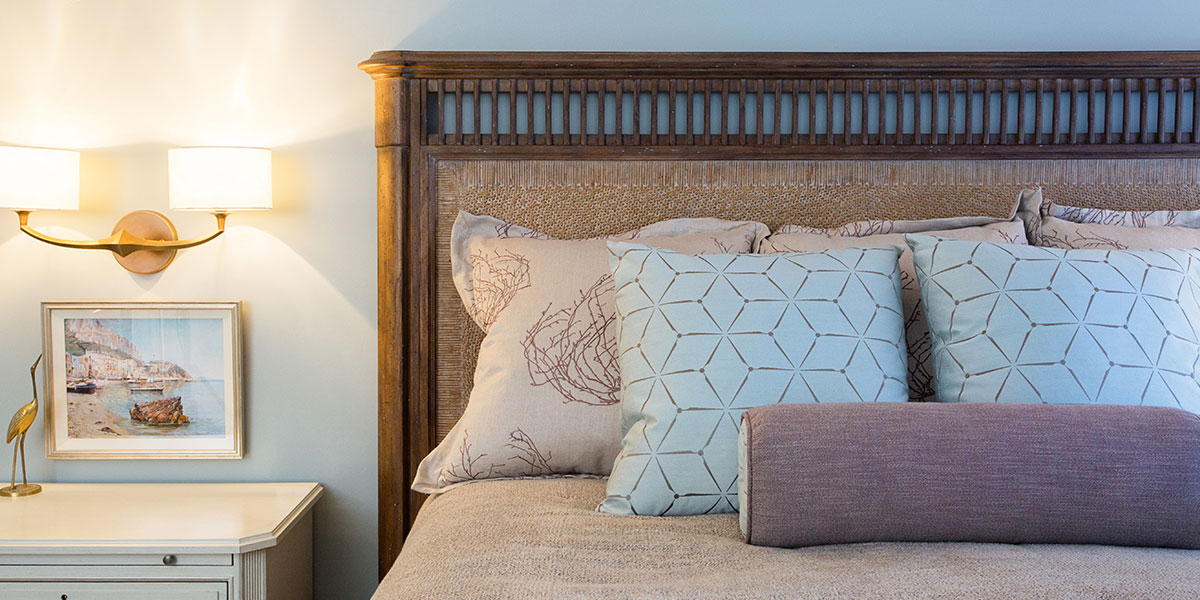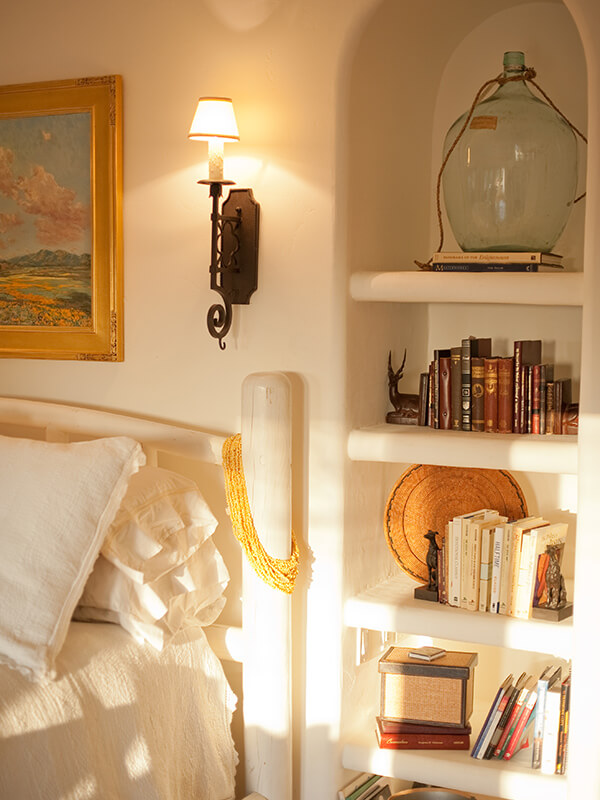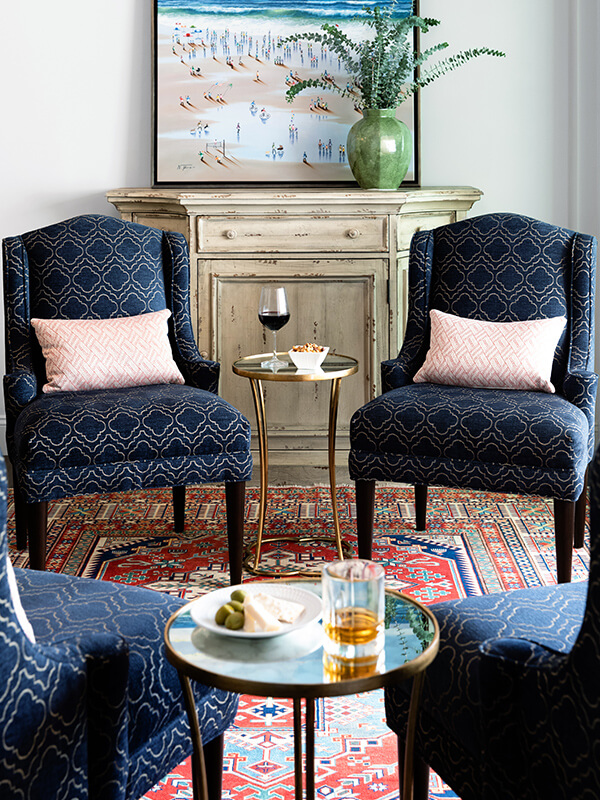
The Art of Interior Design
When you hear the words interior design, you might think of a glossy magazine with decorative pillows and pretty upholstered sofas, but there is much more than what meets the eye. Interior design affects all of our lives on a daily basis, often in unnoticed ways.
Think about the last time you were at your favorite restaurant. The food was probably memorable but how about the ambiance? Design makes up half of your experience when you’re dining out, making it just as important as the food. Or think of the mall stores you may frequent. How is your shopping experience? The colors and lighting are likely to draw you in, inspire you to stay longer and look around. The layout flows so that customers can move around with ease. The most popular items are displayed at eye level. All of these inconspicuous details are elements of good design.


Function makes up half of the design equation
How we function in a dining room is much different than in an office or a playroom. There are so many factors to consider – perhaps you are tall and would be more comfortable with a higher than a standard dining table, or you have physical challenges that require shallower chairs with straight backs rather than deep chairs and a reclined back. These examples are an important part of how we exist in the spaces we inhabit. It can make our lives easier, pleasant and more enjoyable.
Form is the second half of design
It is the thing that creates ambiance, sets the tone, and affects our mood. Color selection plays a huge role in setting the tone for a space. Blue creates a relaxing environment while red is more stimulating. Lighting is another key mood affecting element. Layering in varying levels of brightness, adding dimmable overhead lights, or using lamps instead of ceiling lights, are all creative choices that contribute to how you feel within a room. Acoustics can accomplish both form and function; it can be a decorative element in the room but also maintain proper sound levels.
Flow bridges the gap between the two
That is where form and function meet. The scale of the furniture and how people move around in the space are top considerations in creating a seamless flow. Have you ever been in a room with a sofa too large, or a table too small? That affects your comfort level, maybe motivates you to move to another room. That is why design is so important – it’s the inconspicuous, sometimes subconscious ways things that motivate our actions in ways we may not notice.
The importance of design is that it reflects us as humans. After all, we are a mix of form and function ourselves.




